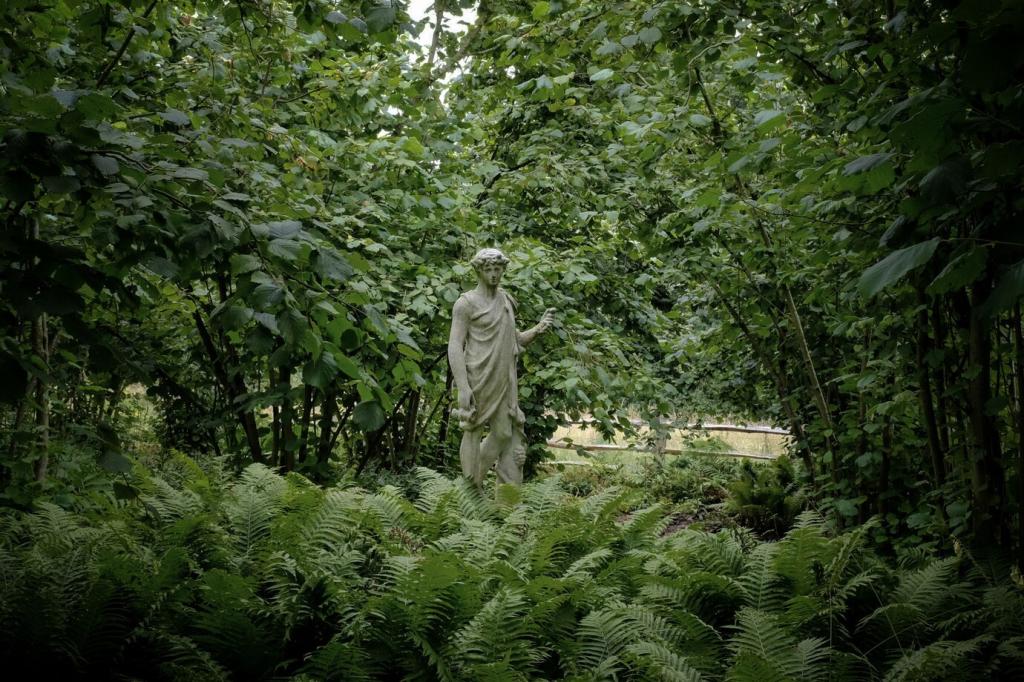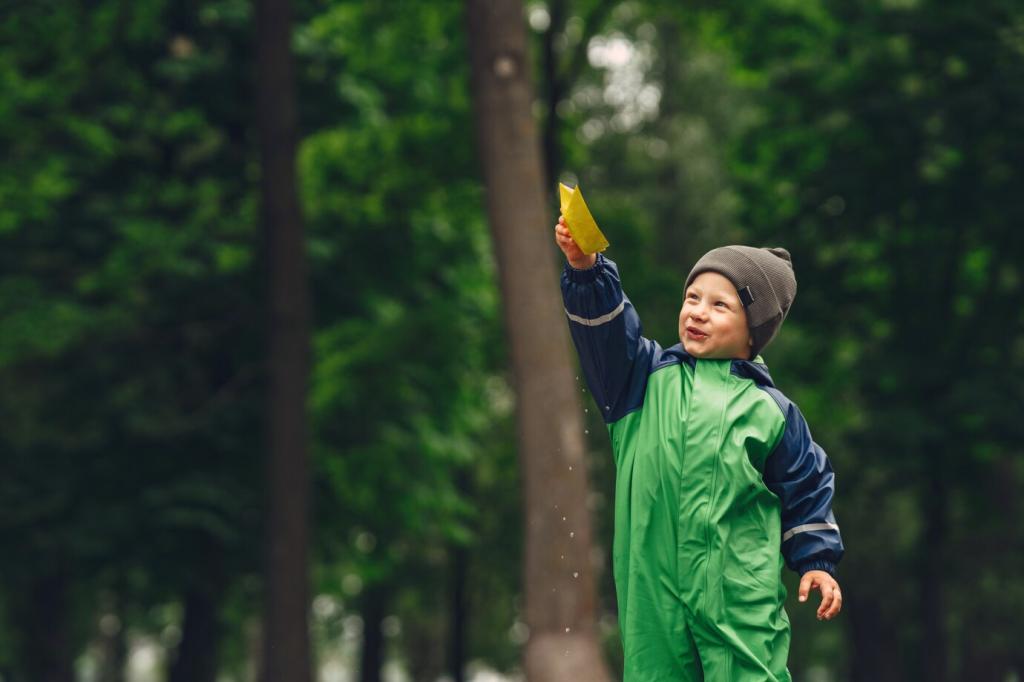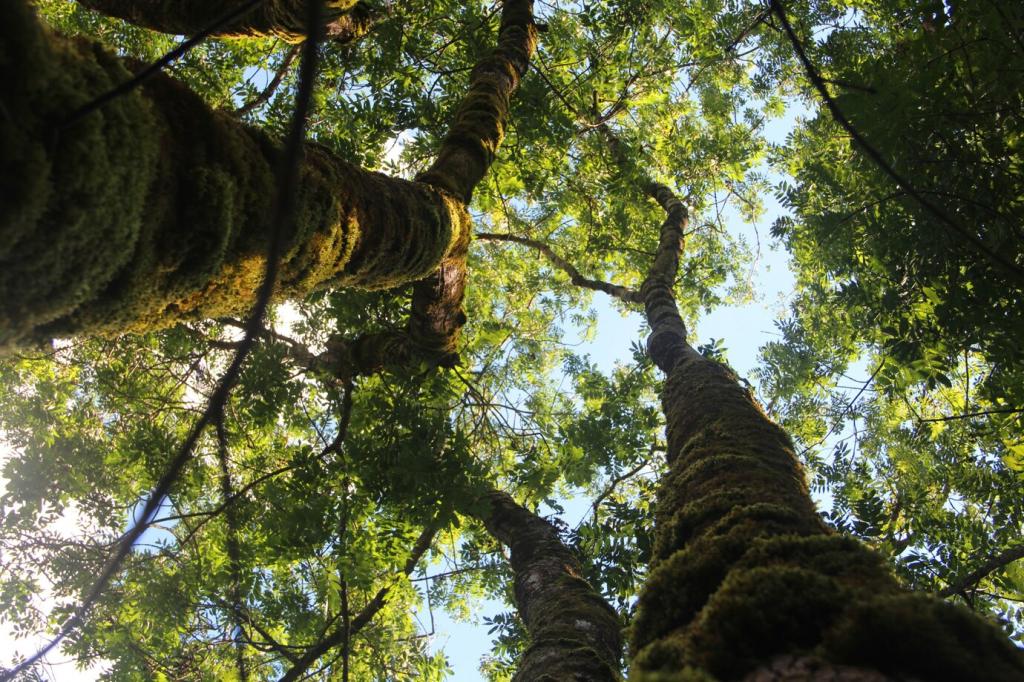
Impact of Drone Surveillance on Deforestation
Chosen theme: Impact of Drone Surveillance on Deforestation. Explore how low-altitude eyes, smart analytics, and community-centered practices are reshaping forest protection. Expect field stories, practical frameworks, and thoughtful guardrails. Subscribe for future deep dives and tell us where drones could most help near you.
Why Drones Are Transforming Forest Protection
Eyes in the canopy: coverage and detail
Flying below cloud ceilings, drones capture crisp, high-resolution imagery that exposes fresh skid trails, small clearings, and hidden access roads. Oblique angles reveal edges satellites miss, while multispectral sensors trace vegetation stress before canopy loss becomes obvious. Tell us which details your team needs most to stop deforestation faster.
Speed beats chainsaws: real-time alerts
Rapid launches after a tip can transform rumors into verified evidence the same day. Instead of waiting for infrequent satellite passes, rangers receive near‑real‑time coordinates, annotated images, and flight paths. That speed deters illegal crews who depend on delay. Share how quickly an alert must reach you to change outcomes.
Cost and access for remote patrols
Lightweight multirotors fit in backpacks, lift off from riverbanks, and land in tight clearings, cutting transport time dramatically. Open-source mapping, rechargeable batteries, and modular payloads keep budgets flexible for community groups. If your patrols trek days between posts, how would a portable drone kit reshape your weekly plan?
Ethical and Legal Dimensions You Cannot Ignore
Meaningful participation starts with co-design: agree on flight zones, times, and how to handle images of homes, people, or sacred places. Visual calendars, radio announcements, and advance briefings reduce anxiety. Share your best consent scripts or materials so others can adopt them without reinventing hard-won practices.
Ethical and Legal Dimensions You Cannot Ignore
Decide what to collect, how long to store, and who can see raw imagery or coordinates. Geofencing sensitive sites, blurring identifiable features, and on-device filtering reduce risk. If your project handles evidence, document chain-of-custody carefully. What policies would reassure your partners that surveillance serves protection, not surveillance creep?

From Aerial Pixels to Ground Action
AI models spotting canopy gaps
Object detection and change analysis can flag fresh stumps, log decks, and new tracks against a recent baseline. But models need diverse training data and careful tuning to avoid bias. Consider hosting a local labeling sprint with rangers and community monitors. Who on your team can curate examples that truly matter?
Risk maps that prioritize patrols
Overlay drone detections with boundaries, concessions, roads, and topography to rank hotspots by urgency and access. A single 30‑minute flight can update yesterday’s assumptions, nudging patrols toward the next likely incursion. What layers—legal, ecological, or social—would strengthen your patrol-planning map this season?
Closing the loop: ranger stories from the field
One field team told us their quickest win: a dawn flight revealed fresh tire tracks and a hidden landing near a tributary. With coordinates in hand, they intercepted equipment before trees fell. Share your own short story—what evidence convinced partners to act immediately rather than wait?
Ecological Insights Beyond Policing
Repeat flights quantify canopy closure, crown vigor, and understory light over time, giving restoration teams feedback beyond anecdote. When communities see recovery curves instead of single photos, patience grows and funding aligns. Which regrowth indicators would make your progress unmistakable to donors and local leaders?
Ecological Insights Beyond Policing
Even small illegal clearings can fracture movement paths. Drone mosaics help conservationists spot creeping fragmentation early and adjust buffer zones. Tie detections to known corridor models and camera-trap data to prioritize repairs. Where do you suspect quiet pinch points are forming between farms, roads, and regenerating forest edges?
Ecological Insights Beyond Policing
High-resolution imagery refines area estimates and canopy structure proxies that feed carbon models. When baselines improve, credit claims strengthen and scrutiny softens. Paired with selective ground plots or lidar campaigns, drone surveys reduce uncertainty. Which uncertainties currently undermine your carbon narratives, and how could targeted flights close those gaps?
Operational Playbook for Conservation Teams
Choosing platforms and sensors
Fixed‑wings cover large areas efficiently; multirotors excel at tight, agile inspections. Start with robust RGB, then add multispectral when vegetation metrics matter. Consider noise, endurance, and spare parts availability. Tell us your top three requirements, and we will suggest configurations other readers have field‑tested in similar environments.

